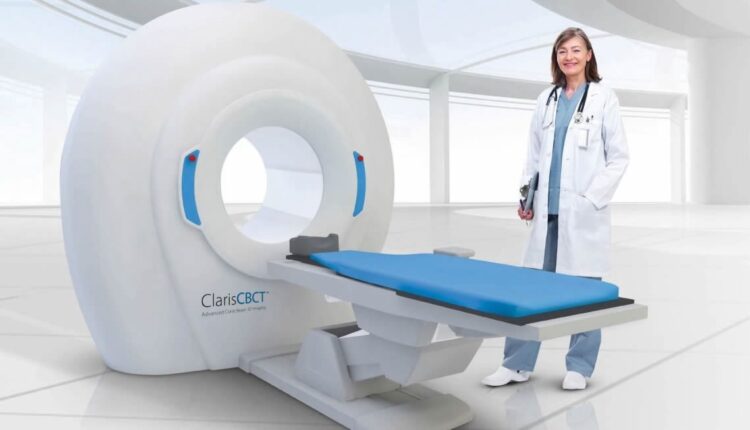SİGARA İÇENLERDE DÜŞÜK DOZ TOMOGRAFİ İLE TARAMA HAYAT KURTARIR
İlk çalışma Amerika merkezli, National Lung Screening Trial (NLST), 2011 ‘de New England Journal of Medicine yayınlandı. Bu çalışmaya göre;
30 yıl/paket sigara içen ve 55-74 yaş arası olanlarda düşük doz akciğer tomografisi ile yıllık tarama yapılanlar yalnız akciğer grafisi çekenlere göre daha erken tanı konuluyor ve akciğer kanserine bağlı ölüm daha az olduğu saptandı.
Tomografi ile taramada kansere bağlı ölüm %20 azalma saptanırken sadece direk akciğer grafisi ile bu oran %6.7 olarak saptandı.
Bu çalışma sonrası , Amerika da, Preventive Services Task Force , 55-80 yaş arası , 30 paket/yıl sigara içenlerde YILDA BİR KEZ DÜŞÜK DOZ AKCİĞER TOMOGRAFİSİ ÖNERİYOR.
İkinci çalışmada 33 Amerika tarama merkezi verileri Annals of Internal Medicine yeni yayınlandı. Bu çalışmanın farkı 55-64 ve 65-74 olarak iki yaş gurubuna bölmüş.
65 yaş üstü olanlarda yalancı pozitif (hasta dediklerinin hasta çıkmaması) daha yüksek. Ama kanser saptama oranı %4.9 iken 65 yaş altında bu oran %3 olarak saptanmış.
Sonuç: Eğer ağır sigara içiciyseniz yada yakınınız içiyorsa( günde bir paket 30 yıl yada 30 yıl paket) ve kişi 55-74 yaş aralığındaysa yılık düşük doz akciğer tomografisi önemli oranda akciğere kanserine bağlı ölümü azaltıyor. Özelikle 65 yaş üstünde tomografi ile taramayla daha çok tanı konuluyor.
Kaynaklar:
Currently reading http://www.ascopost.com/viewnews.aspx?nid=17574 …
Annals of Internal Medicine
New England Journal of Medicine
National Lung Screening Trial Analysis Finds Low-Dose CT Screening Identifies More Lung Cancers in Older vs Younger Participants
By Jo Cavallo
Posted: 9/9/2014 1:20:34 PM
Last Updated: 9/9/2014 1:20:34 PM
Key Points:
• A secondary analysis of the National Lung Screening Trial finds that lung cancer prevalence and the positive predictive value of low-dose computed tomography (CT) screening are higher for people aged 65 to 74 than those aged 55 to 64.
• The rate of false-positive results was higher in the people aged 65 and older.
• Detected cancer was treated similarly in both groups, but the 5-year survival rate was lower in the older group.
Findings from the National Lung Screening Trial (NLST) showed that screening high-risk individuals (smoking history of ≥ 30 pack-years) aged 55 to 74 with low-dose computed tomography (CT) vs chest radiography reduced lung cancer mortality. Following the study results, the U.S. Preventive Services Task Forcerecommended annual lung cancer screening with low-dose CT for people aged 55 to 80 with a history of smoking.
A secondary analysis of the trial by researchers from the Centers for Medicare and Medicaid Services (CMS) comparing screening outcomes among Medicare-eligible individuals with those under age 65 found that lung cancer prevalence and the positive predictive value of low-dose CT were higher in participants aged 65 and older than in the younger cohort. However, the analysis also found that the rate of false-positive screening results was higher in the older group. The study by Pinsky et al was published in the Annals of Internal Medicine.
Study Methodology
The CMS researchers’ analysis involved participants from the low-dose CT group only and compared baseline characteristics (smoking and medical history), screening results, and the downstream outcomes (lung cancer diagnosis, treatment, survival, and mortality) for the under-65 cohort vs the over-65 cohort. A total of 26,722 participants were randomly assigned to the low-dose CT group of the NLST (19,612 in the under-65 cohort and 7,110 in the over-65 cohort).
Study Findings
The researchers found that the aggregate false-positive rate was higher in the over-65 cohort than in the under-65 cohort (27.7% vs 22.0%, P .001). Invasive diagnostic procedures after false-positive screening results were modestly more frequent in the older cohort (3.3% vs 2.7%,P = .039). Complications from invasive procedures were low in both groups (9.8% in the under-65 cohort vs 8.5% in the 65+ cohort). Prevalence and positive predictive value (PPV) were higher in the over-65 cohort (PPV, 4.9% vs 3.0%). Resection rates for screen-detected cancer were similar (75.6% in the under-65 cohort vs 73.2% in the over-65 cohort). Five-year all-cause survival was lower in the over-65 cohort (55.1% vs 64.1%, P = .018).
The study authors concluded that while screening Medicare-eligible individuals results in more false-positive findings, it identifies more lung cancer than screening younger individuals. “Going forward, monitoring and assessing the relative performance of [low-dose CT] screening in older persons will be critical to more fully understand its risks and benefits when it is done outside the clinical trial setting and to modify recommendations on the basis of the evidence if needed,” wrote the study authors.
Paul F. Pinsky, PhD, of the National Cancer Institute, is the corresponding author for the Annals of Internal Medicine article.
Funding for this study was provided by the National Institutes of Health. For full disclosures of the study authors, visit www.annals.org.

